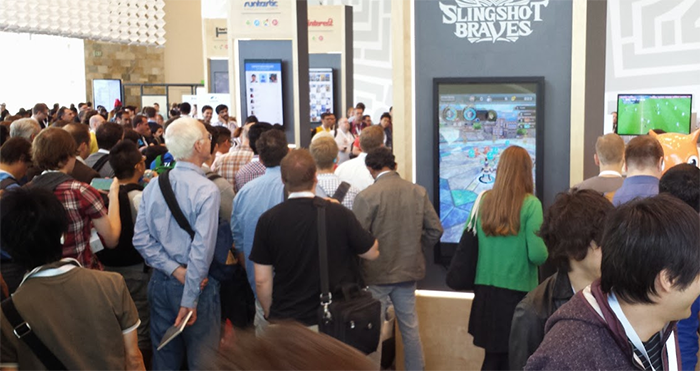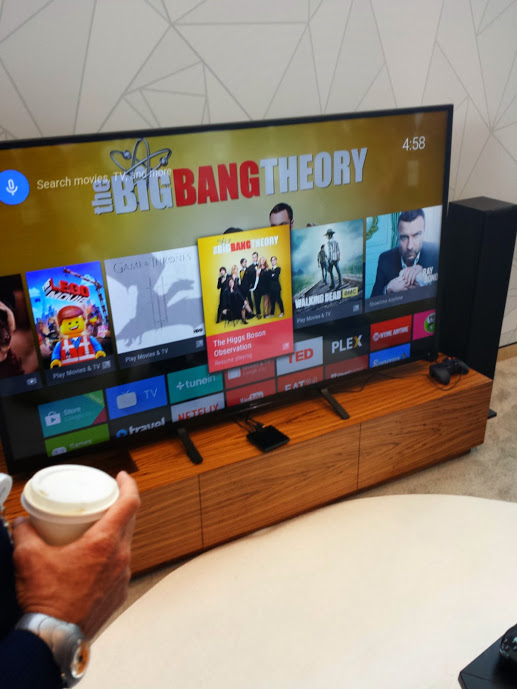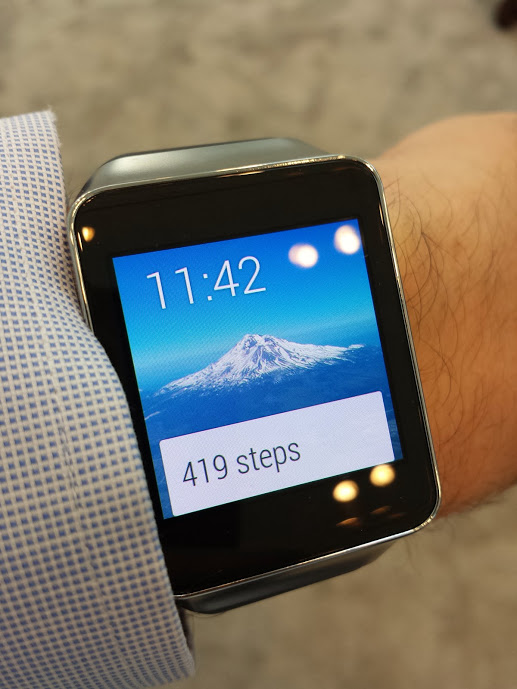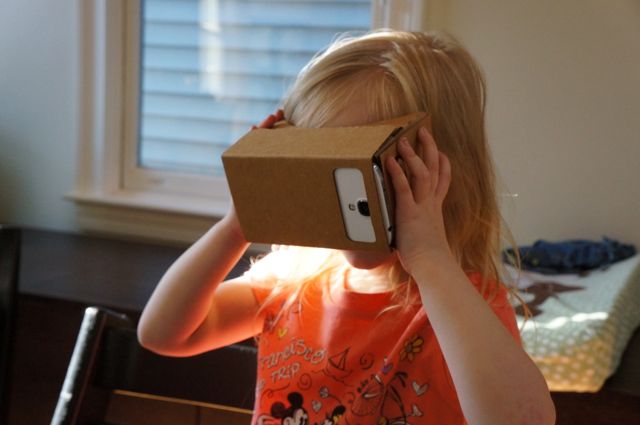If you still think of Google as primarily a search engine company, you’re missing most of the story. The search giant now provides products and technology components for most aspects of our digital lives, not least for the consumption of video.
This became clear to the attendees of I/O, Google’s annual developer conference that took place last week at the Moscone Center in San Francisco. Pixability sent a small team to the conference to look at the latest trends in online video, big data analytics, and user experience.
The most striking thing about Google’s many announcements was how pervasive the Android platform is. Google not only said that one billion people now use Android devices on a regular basis, it also previewed new versions of Android for traditional smartphones, low-end phones for emerging markets, as well as cars, TV set-top boxes, and wearable devices. With its recently acquired Nest division, Google is now even expanding into home automation.
The most relevant announcement for video marketers is Android TV, Google’s new software platform for streaming media devices. Android TV looks very similar to Apple TV, Roku, and Amazon’s Fire TV, but it’s a platform that is available to multiple hardware manufacturers. This gives device makers more room to innovate with form factors — such as connected TVs — and new features. Android TV not only provides the usual list of video apps (YouTube, Netflix, movie rentals), but also offers games — not on a quality level that is going to sway hard-core gamers, but more than good enough for consumers who want to play an occasional casual game. This could help Android TV win market share in the hotly contested market for streaming media devices.
Google also opened up Google Cast, the technology behind the popular Chromecast video streaming dongle. Pretty much any mobile app can now get streaming capabilities, so it’s easier than ever to watch online video from various sources on the big TV screen.
In other words, it’s now getting even cheaper and more convenient for consumers to stream video from the Internet to a TV. YouTube has a prominent place on most streaming media devices, and in particular on Google’s products, so YouTube marketers have a new way to reach their audience in consumer living rooms.
The entire consumer electronics industry is putting high hopes on the market for wearable computing. Early attempts like Google Glass seem to be stuck in the early adopter segment, but smartwatches look like they could have more mass-market appeal. Google wants to win a big part of this new category with its new Android Wear platform. Samsung, LG, and Motorola announced products using this new software, and conference attendees (like your correspondent) got a free smartwatch to test.
Smartwatches don’t do much by themselves, but are essentially just wrist-mounted user interfaces for a smartphone that is connected by Bluetooth. Most of the power of Android-based smartwatches stems from the Google Now service, which over time learns its user’s preferences and provides just-in-time information for many situations — emails and texts, traffic warnings, flight delays, weather reports, and it can even remind you that your favorite TV show is on tonight.
Android watches have a touch screen, but are also voice-controlled. Just say “OK Google,” and then explain what you want, and in most cases the watch has a meaningful answer, working in the background with your smartphone and Google’s services. Lost in a city? Just say “Walk to hotel XYZ,” and your gadgets will guide you. Need a sports score or stock price? Your watch knows it. Want to know how much you walked today? The watch comes with a simple fitness tracker. All these features work quite well already, considering that this is still a first-generation product.
What’s in it for marketers? As of now, not much yet. Local search is becoming even more relevant when it’s easily available on your wrist. Users can get alerts if they’re close to a shop that participates in a loyalty program they’re a member of. But Google being Google, there probably will be more advertising options that involve smartwatches at some point.
All in all, Google I/O was an impressive show of strength. Google’s ambitions are clearly going well beyond the Internet services it’s best known for. Past years focused on catch-up attempts (Google+) or moonshot projects (Google Glass), but this year was about a broad range of products and services that target emerging mainstream consumer markets. Google’s dominance in mobile, video and now increasingly in connected devices is certainly impressive.
The post Google I/O 2014: Google wants to own the living room. And your wrist. appeared first on Pixability.




